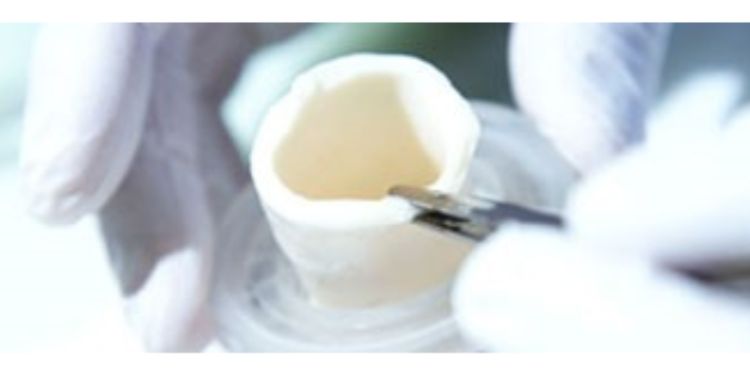New ways to replace damaged human tissues

The challenge
Finding effective ways to replace parts of the human body that have been injured or have become damaged due to disease is of high importance to patients and doctors. The area of regenerative medicine, defined as the process of replacing, engineering or regenerating human tissues or organs to restore or establish normal function, has developed over the last decades to offer treatments for a wide range of conditions. It is possible to replace damaged tissues with tissues obtained from other human donors, however, this is not without problems, the main one being that of rejection by the patient because their body produces an immune response to the donor tissue.
The solution
Professors Eileen Ingham and John Fisher, led an interdisciplinary team from Biological Sciences and Engineering, and undertook research to address this issue of rejection by developing a method to gently remove the cellular components, including DNA, from donor tissues. This approach removes all of the components that could cause an immune response.
The impact
A spin-out company, Tissue Regenix, was formed in 2006 to utilise the research and commercialise these products as dCELL®. The patented procedure is being used to produce a number of regenerative medicine products including skin and tendons. This approach is also being used by NHS Blood & Transplant Tissue & Eye Services for application to human donor tissue in the UK. They currently supply dCELL® Human Dermis to hospitals in the UK, to effectively treat chronic wounds.
This platform technology has been used to develop a pipeline of additional dCELL® products for applications including using OrthoPure® XT for repair of the Anterior Cruciate Ligament (ACL), damage to which is one of the most common and devastating knee injuries.

